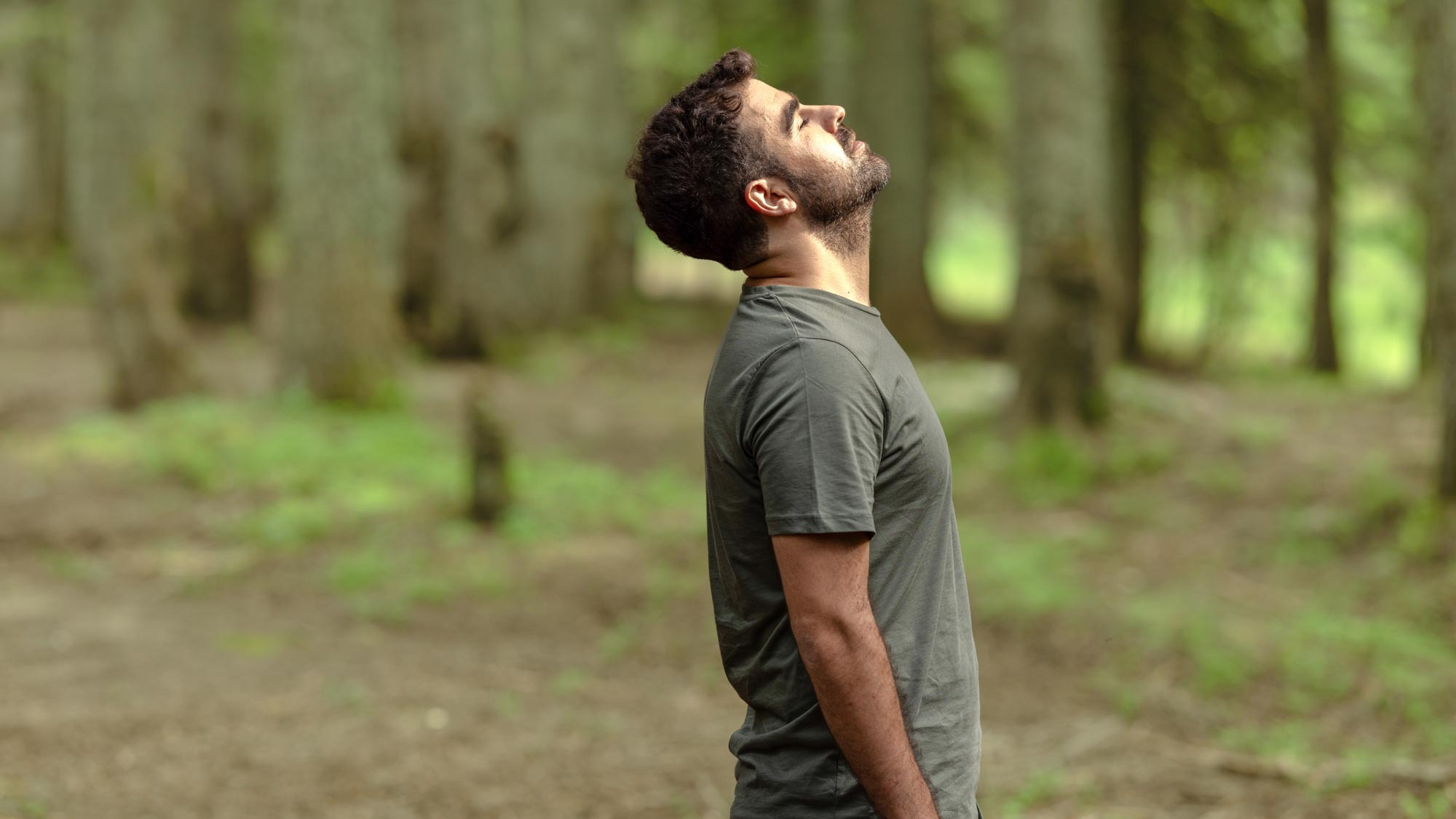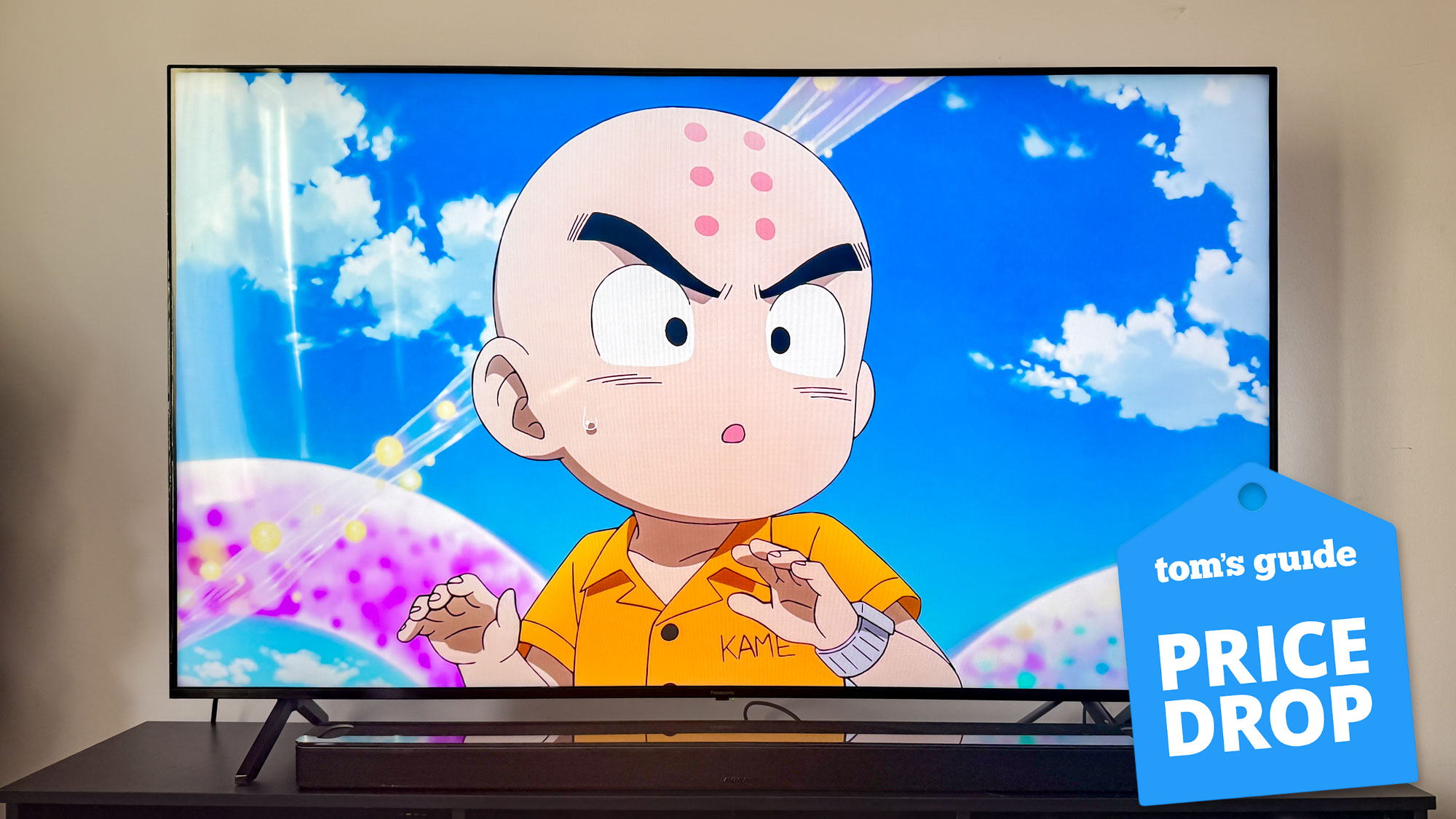'Grandmacore' is trending — everything you need to know about the latest mindful exercise and how it busts stress
This latest wellness trend really works (no, honestly).

Have you heard of “grandmacore” before? I hadn’t until very recently, when something landed in my work inbox that caught my eye.
The latest mindfulness trend involves practicing an activity purely for relaxation and boosting mental wellbeing, and I’m here for it.
Not that anyone asked, but I’m a big supporter of finding activities that build mental stamina, partly because I’m on a bit of a mission for mental wellbeing at the moment, having had a few touches with personal grief this year.
If you, like me, often find yourself doomscrolling, then let me introduce you to the grandmacore trend, explain why I love it and why you might too.
What is ‘grandmacore’?

Dr. Emma Palmer-Cooper, a chartered research psychologist, says a "mindful grandma hobby" like coloring or sewing can help break through the doomscrolling cycle, reduce stress and boost wellbeing.
Choosing a hobby can help change habits and even teach you a new skill. After all, emotional resilience comes, in part, from feeling fulfilled.
Mindful activities, whatever they may be, help you bed down into the present moment and focus on the task at hand; rather than clearing your mind, you can engage your brain and cultivate focus, which also helps you relax.
Get instant access to breaking news, the hottest reviews, great deals and helpful tips.
Here are a few ways that grandmacore activities can boost wellbeing and cultivate mindfulness.

Dr. Emma Palmer-Cooper is a chartered research psychologist with over 15 years of experience in the science of mental health, wellbeing and positive psychology.
Emma is passionate about making research accessible to everyone, sharing practical, science-backed tips to help people build resilience, improve wellbeing and live happier, more fulfilling lives.
Qualifications: PhD, Chartered Psychologist & Associate Fellow of the British Psychological Society.
Positive attention
“When you’re focused on a craft, your hands are busy, so you’ll be too engaged to reach for your phone,” says Palmer-Cooper. “Creative hobbies that require attention, such as knitting or coloring, can also act as a 'flow activity', where you lose track of time and feel fully immersed in what you’re doing. This can be a great antidote to losing hours doomscrolling.”
Calming
“Many people who have a creative hobby say the physical repetitive actions are meditative and calming,” Palmer-Cooper explains. “Soothing your nervous system can counteract tension.”
A sense of achievement
“Doomscrolling can leave people feeling a loss of control, whereas mindful hobbies provide a sense of control along with tangible results,” Palmer-Cooper says.
“Achievement is considered one of the core ingredients of psychological wellbeing, and is a key remedy to distress.”
Reduces stress and anxiety
“Creative hobbies can significantly lower levels of our stress hormone, cortisol, which promotes a sense of relaxation,” reveals Palmer-Cooper.
The same happens when you exercise, but more on that shortly.
A sense of belonging
“By engaging in a new hobby, you also join a community of people with similar interests. This opens you up to more positive social interactions, and a sense of belonging is linked to better wellbeing," Palmer-Cooper explains.
"You should choose a hobby you think you’ll enjoy, as you won’t build new habits doing activities you don’t want to do.”
Here’s how to get started

Palmer-Cooper recommends starting small with an achievable goal or behavior tweak that can help you build a new habit without feeling overwhelmed. It might be an intuitive walk for a short time or a quick 20-minute yoga session in your yard.
You could set a certain amount of time aside to explore what your body feels like doing — coloring, writing, or cooking. However, you approach it, try to stay off your phone; I’ve recently been enjoying silent walking, which involves turning off your tech and walking without noise or distraction.
Palmer-Cooper also recommends tuning into your surroundings. “Notice the colors, textures and movements involved in what you’re doing. If your mind starts to wander, gently bring your focus back to your activity,” she says.
If this sounds like your type of thing, I highly recommend color walking, which involves choosing a color and tuning into it while you walk around, preferably in nature.
Lastly, Palmer-Cooper says a community-based activity could help you feel connected to others and make activities even more meaningful.
“Swapping scrolling for mindful hobbies in your free time allows you to set meaningful boundaries and build positive habits,” she explains. “By prioritizing your wellbeing and engaging with information in a balanced way, your brain gets a 'mental break' from all the negative content.”
I tried 'grandmacore' — here’s my verdict

Fitness is my passion, so when I initially read about grandmacore, I wanted to pick a mindful activity that was also physically active in some way. I decided to choose 20 minutes of intuitive movement.
Before you think I’ve joined some sort of yoga cult, let me explain. Using your intuition is an incredibly powerful tool for connecting with your mind and body — how it feels, your gut instincts and your thoughts and feelings.
A bit like meditation, this, in turn, can help your body physically switch from the sympathetic nervous system — your state of “go, go, go” — to the calming “rest and repair” state known as the parasympathetic nervous system.
It works like breathing exercises to soothe your nervous system, which you can also perform while doing intuitive movement. Adding movement to breathing exercises helps you include more physical activity in your day and gets blood and oxygen flowing to your muscles and brain.
I started by rolling out one of the best yoga mats, then I turned on some gentle music and started to move however I felt. I found forward folds helpful, rolling up to stand slowly, then moving into side bends and backbends as I rolled my neck and shoulders.
You get the gist.
My verdict? I absolutely loved it. I felt calmer, less tempted to pick up my phone afterward and it broke up the long stints spent at my desk writing.
If you’re looking for more ways to be mindful, check out some of our recommendations below.
More from Tom's Guide
- I’ve been using the Moonbird breathing coach device to build mental strength — here’s my verdict
- I tried the '3-3 walking workout' for a week — and now I'm hooked
- What is sleep meditation and does it work? We ask the experts — plus 5 popular techniques to try

Sam Hopes is a level 3 qualified trainer, a level 2 Reiki practitioner and fitness editor at Tom's Guide. She is also currently undertaking her Yoga For Athletes training course.
Sam has written for various fitness brands and websites over the years and has experience across brands at Future, such as Live Science, Fit&Well, Coach, and T3.
Having coached at fitness studios like F45 and Virgin Active and personal trained, Sam now primarily teaches outdoor bootcamps, bodyweight, calisthenics and kettlebells.
She also coaches mobility and flexibility classes several times a week and believes that true strength comes from a holistic approach to training your body.
Sam has completed two mixed doubles Hyrox competitions in London and the Netherlands and finished her first doubles attempt in 1:11.
You must confirm your public display name before commenting
Please logout and then login again, you will then be prompted to enter your display name.
